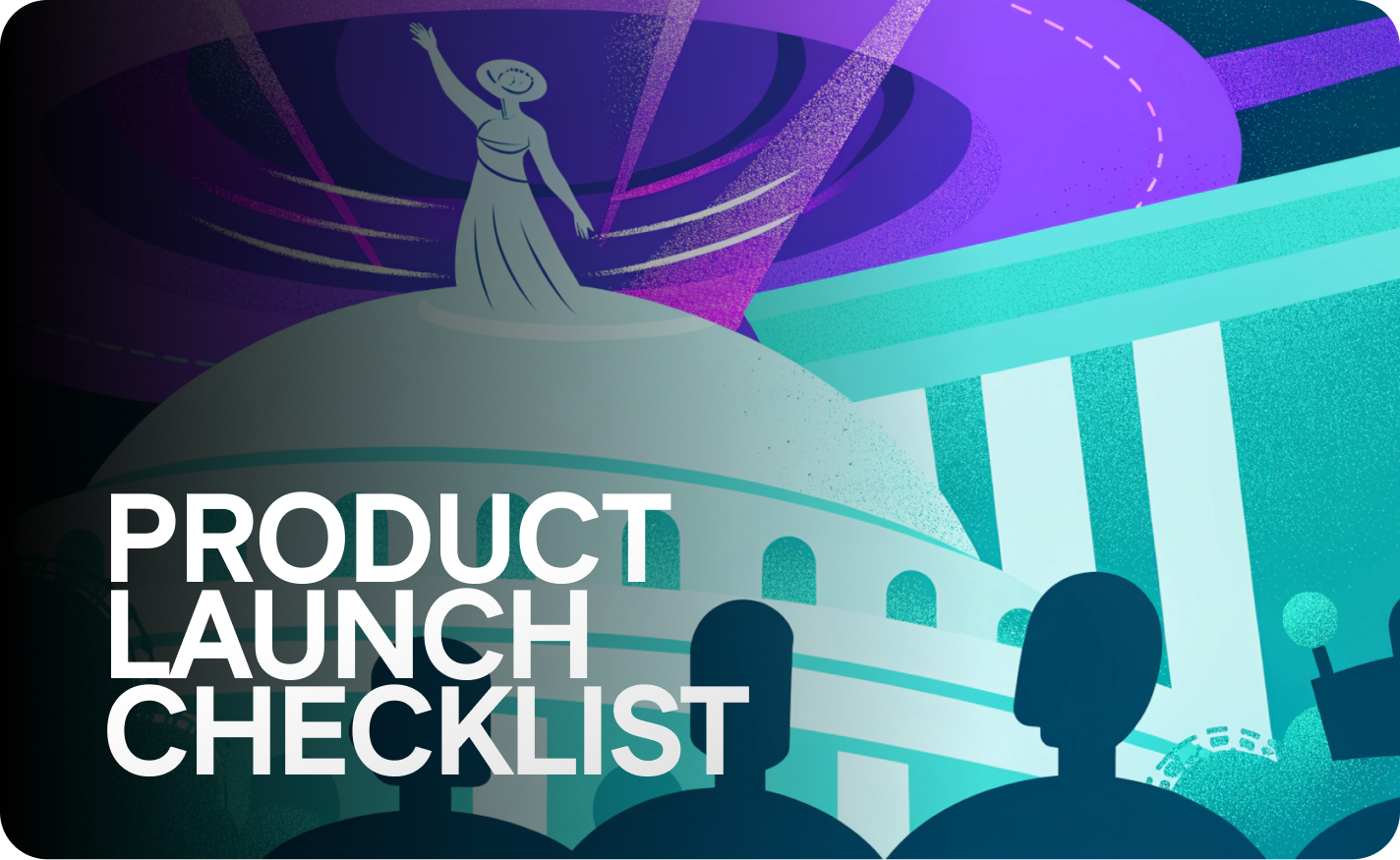How to use the owned channels to generate B2B leads and boost sales

Both sales and marketing teams are working towards the same goal: to make a company grow and to generate more profit. Unfortunately, the reality of many companies is that these two teams work separately, and the communication between them is questionable.
The lack of collaboration between these two teams has always been harmful to both clients and the company itself, but now it becomes more problematic than ever. Basically, customers lots of touch points before deciding to purchase. On average, we’re talking about between 6 and 8 points of contact with a brand - and some of them related to sales, whereas others belong to the marketing.
When you think about it: Customers visit a company’s website, follow the brand on various social media channels, see outdoor ads, subscribe to newsletters, read opinions about the product, ask their friends’ opinions on social media, contact a salesperson… And the list goes on. Luckily, most of these touchpoints can be used for lead generation.
Lead generation explained
Lead is usually a person that has already expressed some interest in your product by sharing his or her contact information. There’s a distinction, though: Cold leads are people who are only interested in an offer (for example an ebook) and have no intention to buy a product. Hot leads, on the other hand, are almost ready to buy as they follow the brand on social media, subscribe to the newsletter, regularly visit the website. All of them can be nurtured and encouraged to finalize the transaction.
A lead generation goes far beyond having people signed up for newsletters and sending them emails: marketers can use landing pages, webinars, podcasts, blogs, video marketing, social media, events, just to name a few.
Lead generation is not rocket science but at the same time, 65% of businesses say that generating traffic and leads is their biggest marketing challenge. Using all the touchpoints to meet customers seems to require a plethora of work and resources. On the other hand, almost every company has some of the touchpoints ready - usually a website and a few social media profiles that they maintain. Optimizing them for lead generation can bring your business much more benefits than you might think. Provided that you do it right, that is.
How to optimize your own website and social media profiles for lead generation?
1. Make your website a central hub for content marketing
The majority of B2B companies claim that content marketing generates more leads than other marketing strategies. Having engaging and persuasive content on the website should be a starting point for lead generation and the website should work as the hub for all content marketing efforts. It’s a good and common practice to include a link to the website in all the marketing materials, both online and printed. What is more, third-parties, such as review sites, social media, video hosting sites, can also link to the website and bring leads. Therefore, it’s crucial to have a site that is rich in informative, valuable content and that is easy to navigate.

Image by rawpixel.com
2. Optimise your website for lead generation
Once you have such content, you can easily use it for lead generation. Of course, you can publish a long and informative ebook or whitepaper for free and let everyone download it within 2 clicks. But you can also ask for a piece of contact information instead. The most popular way is to ask for a name and email, and then send an ebook directly to someone’s mailbox. There’s also another: ask consumers to ‘pay’ for your content by sharing it with their network. It requires less effort than filling the form (and let’s be frank, everybody hates online forms) and makes everyone an advocate of your brand.
3. Don’t neglect the User Experience
Speaking of optimising your website - it needs to be user-friendly in order to convert leads into customers. In other words: When prospects land on the website, their experience has to be seamless. If they have to wait for images to load and struggle to navigate or find relevant information within a few clicks, they’re very likely to go somewhere else. Make sure that your visitors don’t get stuck when browsing your website and they’re “landing” exactly where you need them to be. Record how a user interacts with your website, analyze their behaviour and draw conclusions from it to improve the experience. You can easily do so with convert leads into customers. In other words: When prospects land on the website, their experience has to be seamless. If they have to wait for images to load and struggle to navigate or find relevant information within a few clicks, they’re very likely to go somewhere else. Make sure that your visitors don’t get stuck when browsing your website and they’re “landing” exactly where you need them to be. Record how a user interacts with your website, analyze their behaviour and draw conclusions from it to improve the experience. You can easily do so with LiveSession.
4. Have a multichannel approach to social media
Studies show that people are 71% more likely to purchase something based on a social media referral. However, to generate leads using social media, you need to be where your audience is. And it’s unlikely to be one platform since, on average, internet users have 7.6 social media accounts. Managing so many profiles at work is not a piece of cake, but the right tools come to the rescue. A good example is Kontentino, a social media management tool. It’s more than a simple calendar that allows you to schedule posts but also a project management software to facilitate the work of a social media team. Omnichannel presence also requires omnichannel content. You can’t prepare one copy and share it on every platform - not only because Twitter has a character limit but because every channel has its specifics.

Image by rawpixel.com
5. Get the best out of social media advertising
It’s a common practice to boost social media marketing with paid campaigns as organic results are always limited, especially if you’ve started only recently. Social media ads can bring good results even with small budgets, and there are many options to choose from: boosting posts, promoting events or content, creating ads dedicated to lead generation, and more. If you use a service like RocketLink, you’ll be able to target social media campaigns to people who have clicked a specific link. In short, you will create your own custom audience.
Make the best out of your owned channels
Social media and content marketing, especially if published on a quality website, are inseparable and perfect for engaging an audience that later can turn into clients. At the same time, marketers constantly look for new ways of engaging the audience and to boost traffic. There is nothing wrong with that, quite the contrary, but let’s not forget and ignore what we already have: Every new brand starts with a website and at least 2 or 3 social media profiles anyway. With the right optimization and engaging content, both can play a crucial role in lead generation and boosting sales.
The clue is to keep this engagement, build the trust towards the brand, and offer outstanding user experience. Only then visitors become leads and leads become paying clients.
Get valuable insights on how visitors interact with your website and improve conversions. Try LiveSession now.
Related articles
Get Started for Free
Join thousands of product people, building products with a sleek combination of qualitative and quantitative data.




